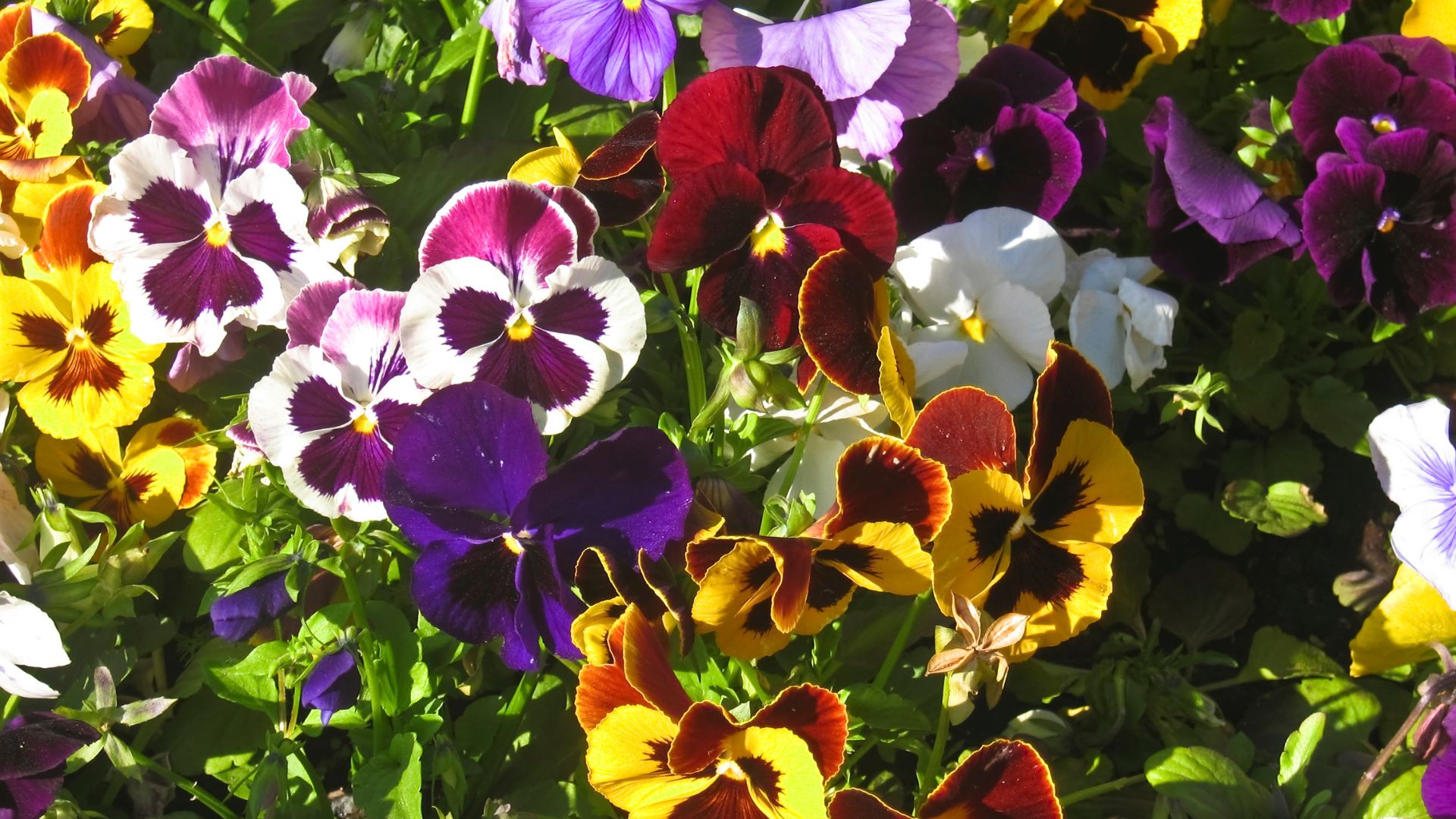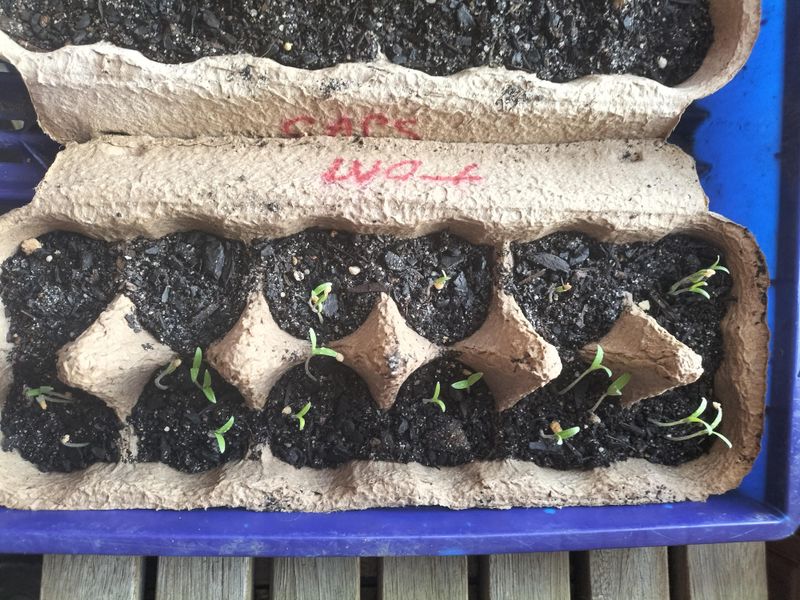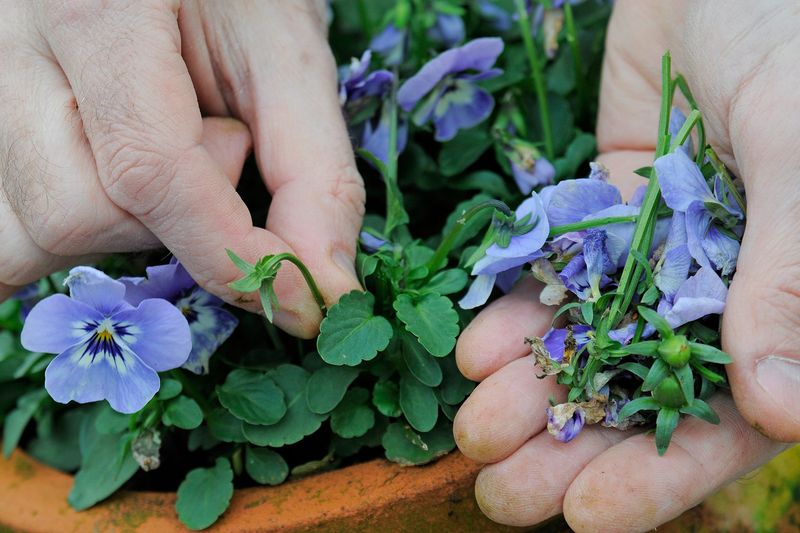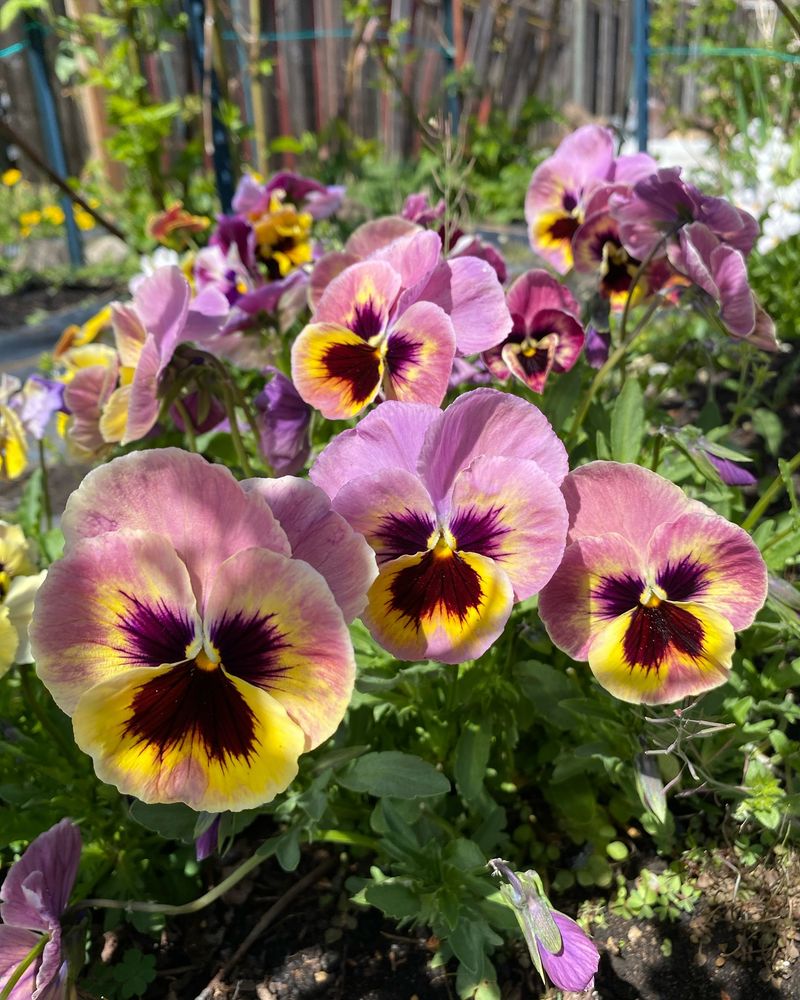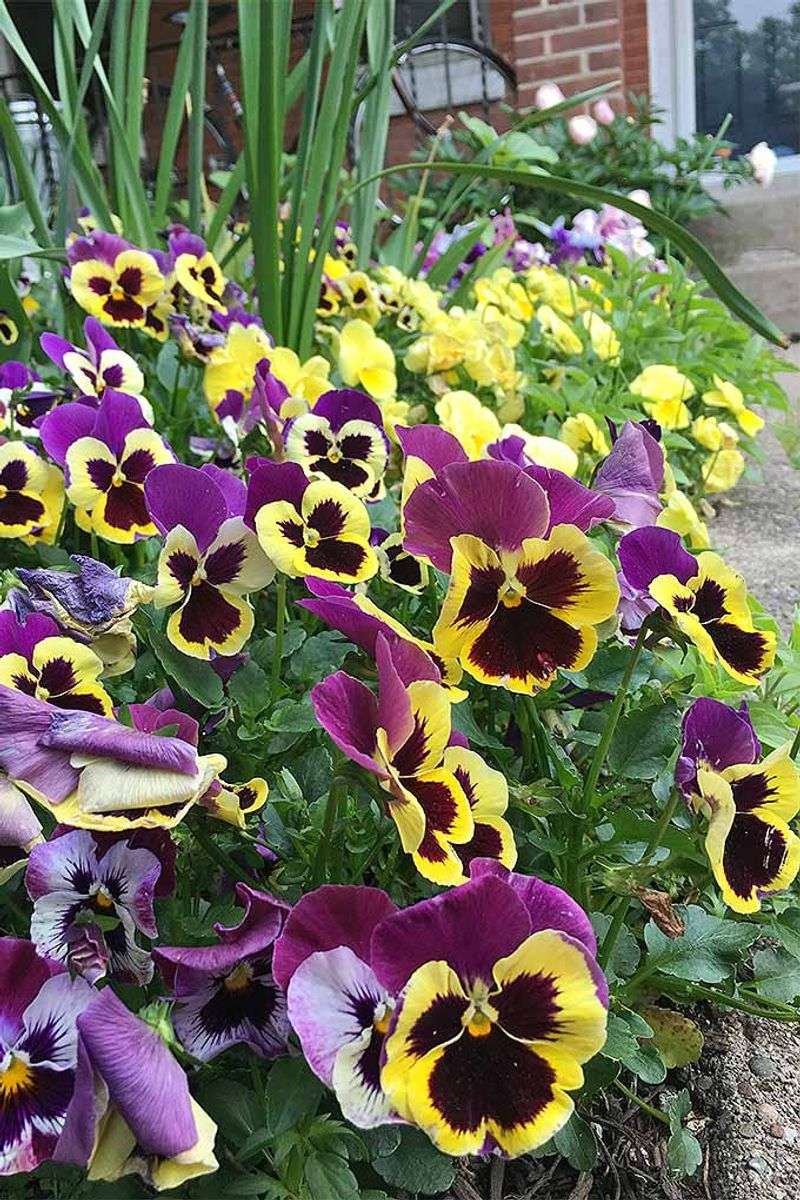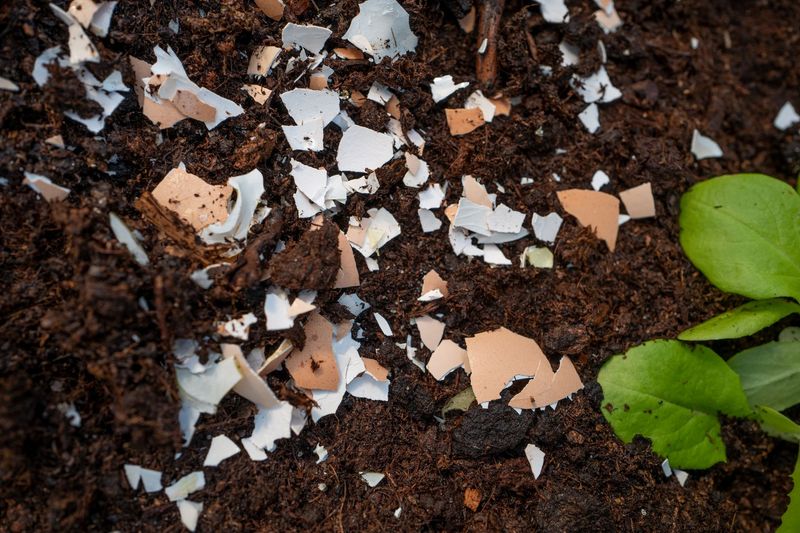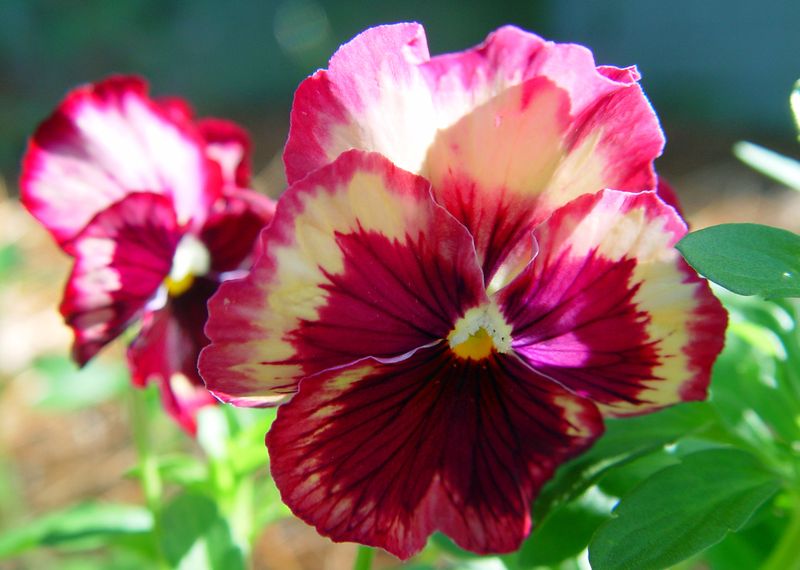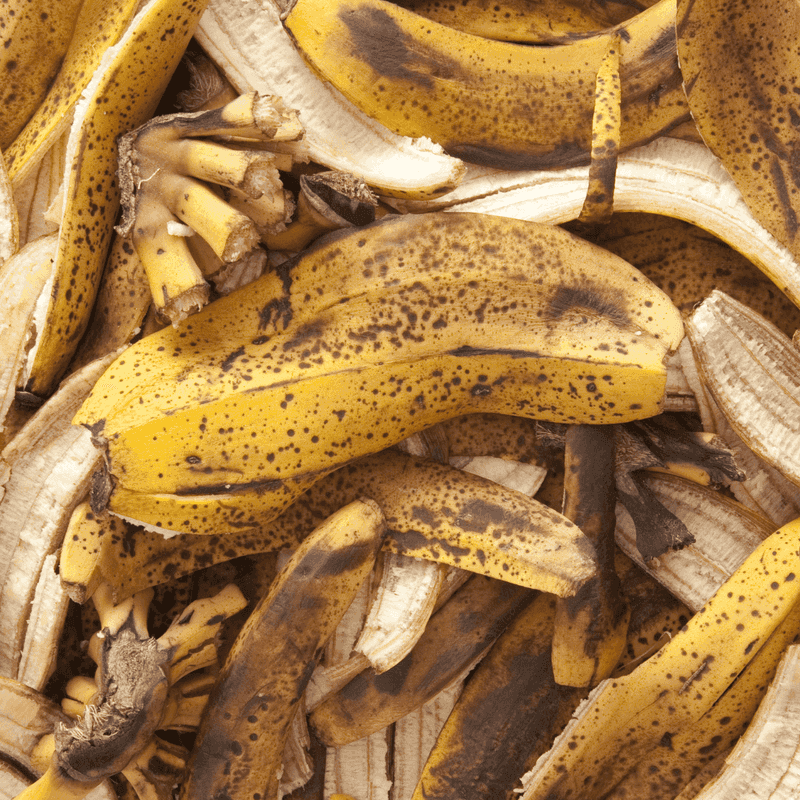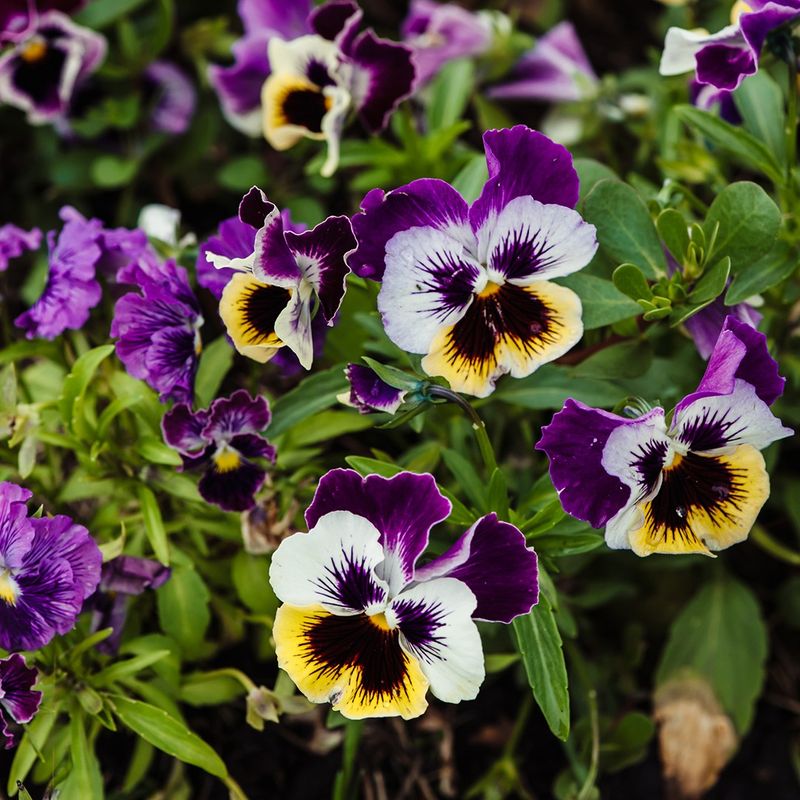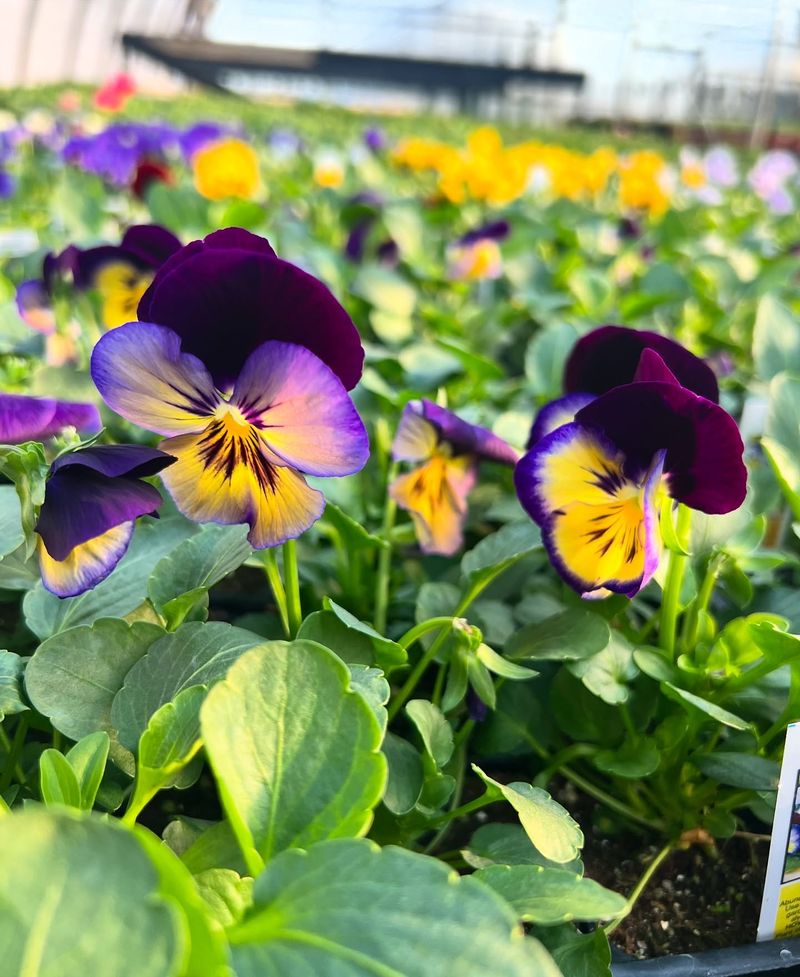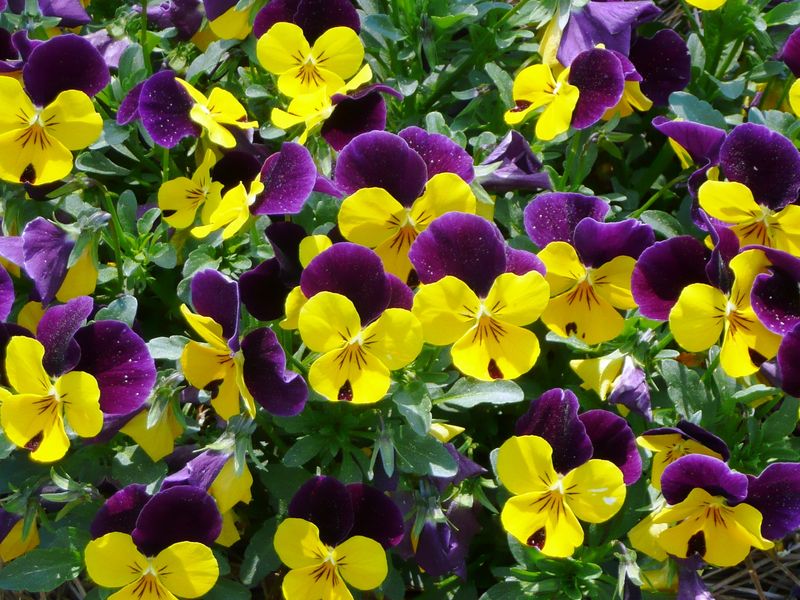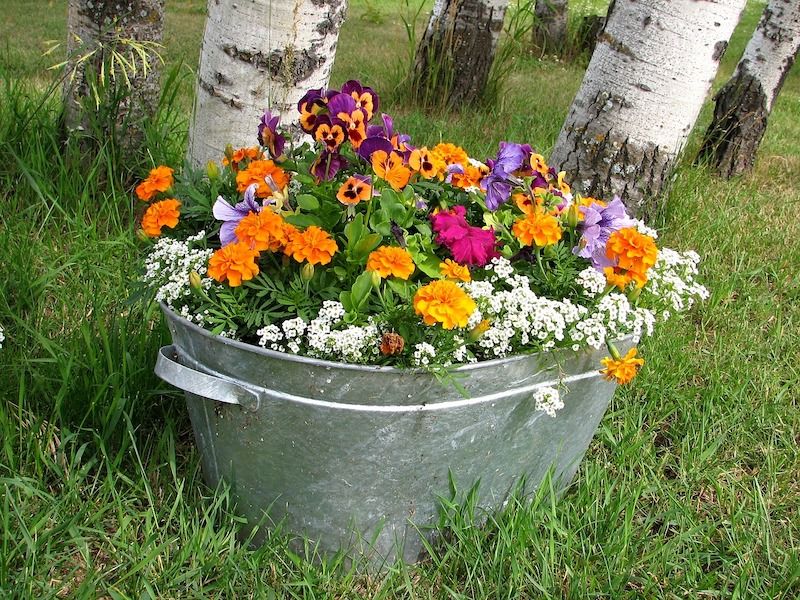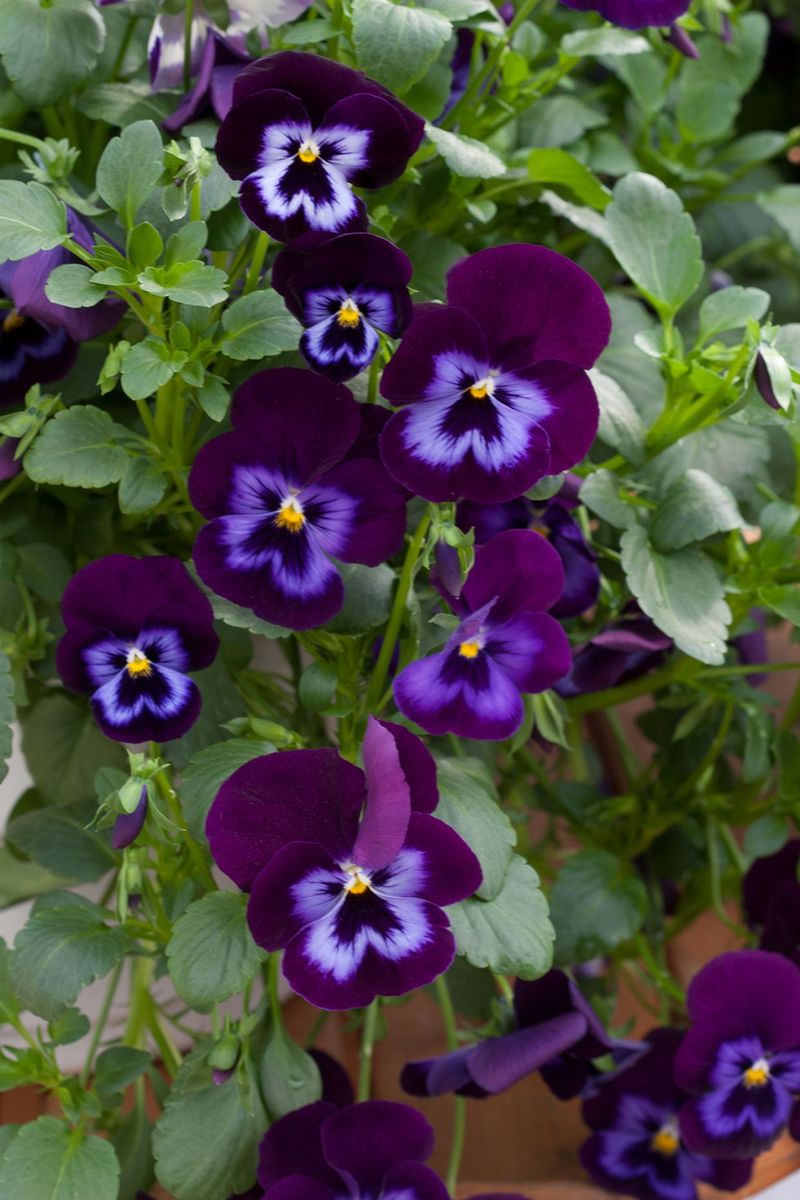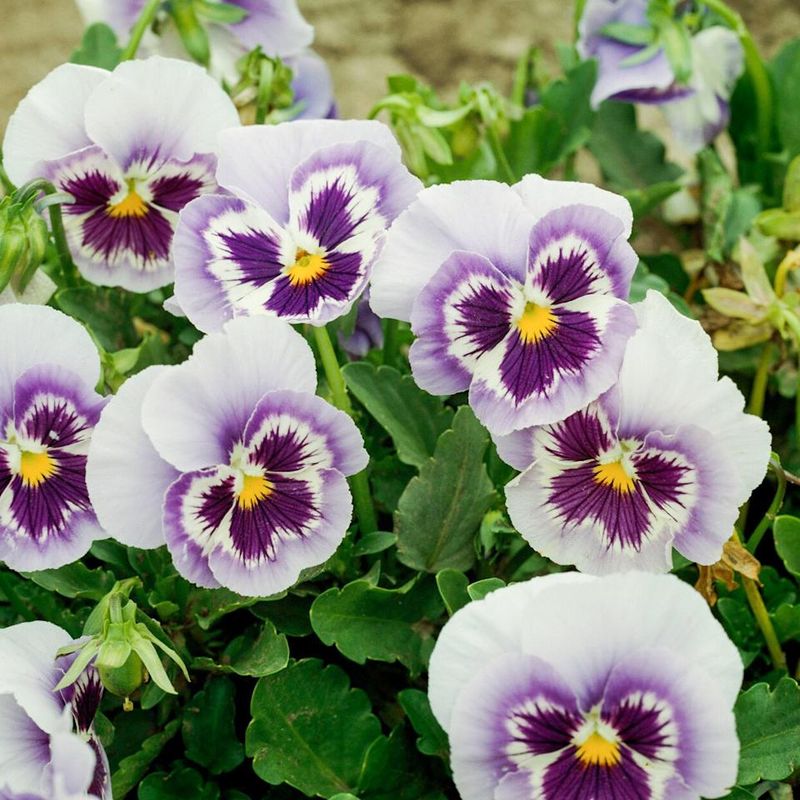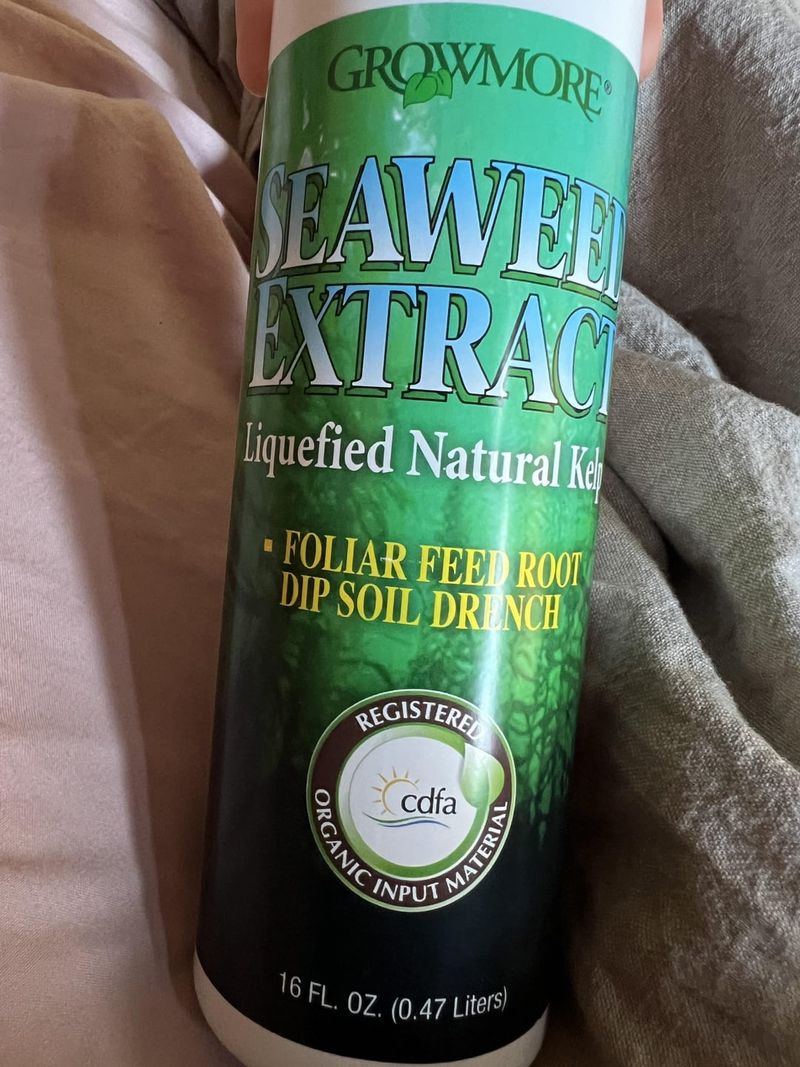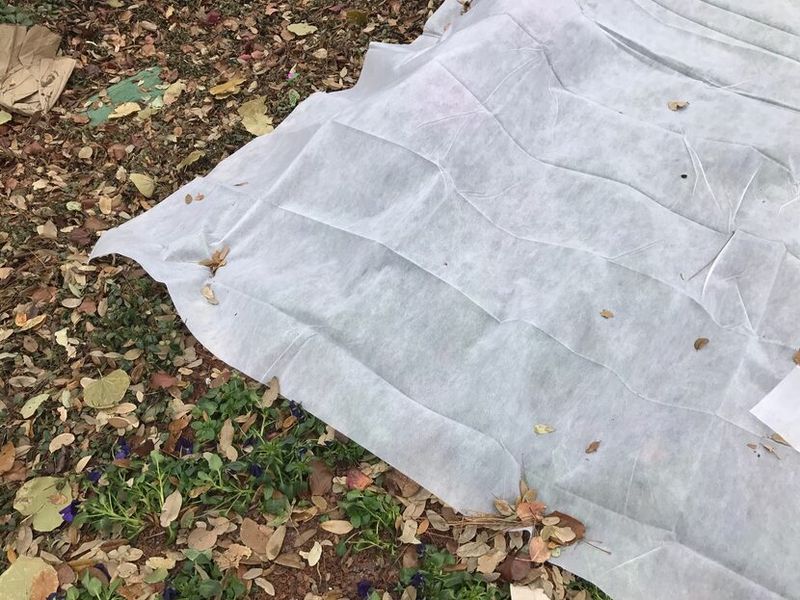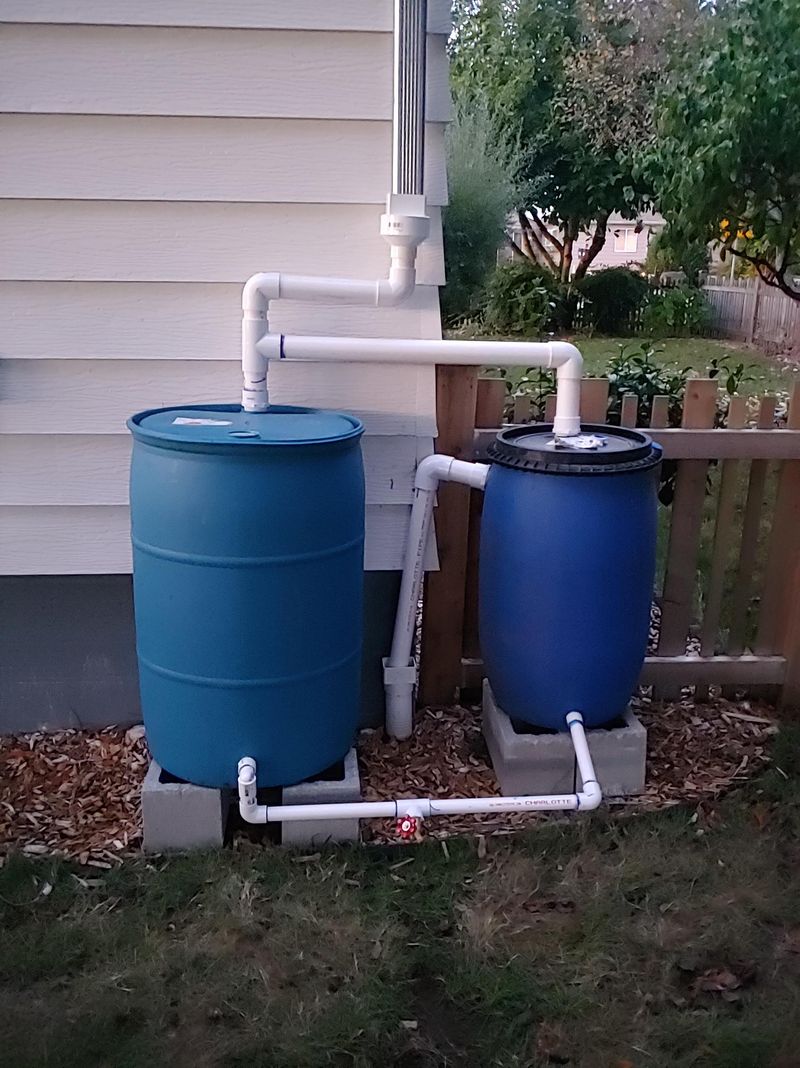Pansies bring cheerful faces to gardens when many other flowers have faded. Their bright colors and hardy nature make them perfect for both beginners and seasoned gardeners.
Growing truly spectacular pansies isn’t just about planting and watering. There are special techniques that can transform an ordinary pansy patch into a show-stopping display that neighbors will envy.
After destroying more seedlings than I care to admit in my early gardening days, I’ve collected these game-changing tricks that have turned my modest pansy patch into a neighborhood attraction. These methods work in almost any climate where pansies can grow.
1. Start Seeds In Egg Cartons
Recycled paper egg cartons make perfect seed-starting containers for pansies. The small compartments are just the right size for individual seedlings, and the paper breaks down directly in soil when it’s time to transplant.
Fill each cup with seed-starting mix, plant one seed per section, and mist gently. Keep in a warm spot with indirect light. I lost half my seedlings last year until switching to this method.
Once seedlings develop true leaves, you can plant the entire section without disturbing delicate roots. The cardboard naturally decomposes and adds organic material to your garden.
2. Pinch Back Young Plants
Got leggy, sparse-looking pansies? Pinching back young plants creates bushier growth and more flowers. When seedlings reach about 4 inches tall with several sets of leaves, gently pinch off the growing tip using your fingernails or small scissors.
This technique forces the plant to develop side branches instead of just growing taller. My garden transformed after I started doing this regularly – instead of tall, floppy plants with few blooms, I got compact, sturdy pansies covered in flowers.
Wait about two weeks after pinching to see dramatic results as new growth emerges from lower leaf joints.
3. Coffee Grounds Magic
Sprinkle used coffee grounds around your pansies to give them a serious growth boost. The grounds add nitrogen to the soil while improving drainage and attracting earthworms that aerate the soil naturally.
Coffee grounds also slightly acidify the soil, which pansies appreciate. After discovering this trick by accident (spilling my morning coffee near a struggling pansy patch), I’ve made it part of my routine.
Apply a thin layer every few weeks, being careful not to pile grounds directly against stems. Work them lightly into the soil surface for best results.
4. Plant In Waves For Non-Stop Color
Rather than planting all your pansies at once, try the wave method. Plant one-third of your pansies early in the season, another third a few weeks later, and the final third a few weeks after that.
This staggered approach ensures you’ll have fresh, vigorous plants coming into bloom just as earlier plantings begin to fade. The garden stays consistently colorful throughout the growing season.
Mark your calendar with planting dates to stay organized. When I switched to this method last year, my pansy display lasted nearly twice as long as previous seasons.
5. Eggshell Calcium Boost
Crushed eggshells provide calcium that strengthens pansy stems and prevents blossom end rot. Save shells from your kitchen, rinse them clean, and let them dry completely before crushing into small pieces.
Work the crushed shells into the soil around your pansies or add them to your planting hole before transplanting. The calcium releases slowly as the shells decompose.
A neighbor thought I was crazy collecting eggshells until she saw my pansies standing tall after a heavy rain while hers were flopping over. Now she saves shells too!
6. Mulch With Pine Needles
Pine needle mulch creates the perfect growing environment for pansies. The needles gradually break down, adding slight acidity to the soil that pansies love. They also form a protective layer that reduces soil splashing onto delicate blooms during rainstorms.
Apply a 2-inch layer around plants, keeping the mulch from touching the stems directly. Pine needles allow excellent air circulation while retaining just the right amount of moisture.
Unlike heavy wood mulches that can suffocate plants, pine needles create light, airy protection. My pansies started producing twice as many blooms after switching to this mulch.
7. Banana Peel Tea Fertilizer
Homemade banana peel tea works wonders for pansies, delivering potassium that boosts flowering dramatically. Chop 2-3 banana peels into small pieces and soak in a gallon of water for 48 hours. Strain out the solids and use the resulting tea to water your pansies.
Apply this natural fertilizer every two weeks during the growing season. The potassium helps plants develop strong roots and produce more vibrant blooms.
My skeptical gardening club laughed when I shared this odd-sounding tip, but they quickly changed their tune after seeing my pansies producing triple the flowers of their conventionally-fertilized plants.
8. Deadhead With Scissors, Not Fingers
Using small, sharp scissors instead of your fingers for deadheading makes a surprising difference in pansy health. Scissors create clean cuts that heal quickly, while pinching with fingers can crush stems and spread disease.
Snip spent blooms just below the flower head, above the first set of healthy leaves. Make your cuts at a slight angle to prevent water from pooling on cut surfaces.
Carry a small pair of dedicated garden scissors when you check your pansies. I noticed my plants producing nearly 30% more blooms after switching to scissors from my previous finger-pinching habit.
9. Morning Watering Only
Timing your watering makes a dramatic difference in pansy health. Always water in the morning, never in the evening, to give foliage time to dry before nightfall. Wet leaves overnight practically invite fungal diseases that can devastate your garden.
Direct water at the soil level rather than spraying from above. This keeps the colorful blooms dry and prevents soil from splashing onto petals.
After switching to morning-only watering, the powdery mildew that used to plague my pansies completely disappeared. Now I set a reminder on my phone to water before 9 AM for best results.
10. Epsom Salt Secret
Epsom salt provides magnesium sulfate that pansies crave for producing vibrant blooms. Mix one tablespoon in a gallon of water and apply monthly during the growing season. The magnesium helps plants create chlorophyll, essential for photosynthesis and healthy green foliage.
You can also sprinkle dry Epsom salt around plants before a rain. Just use a light hand – about a teaspoon per plant is plenty.
My pansies were struggling until a master gardener suggested this trick. Within two weeks of the first application, the color intensified dramatically and new buds appeared everywhere.
11. Companion Plant With Herbs
Surrounding pansies with aromatic herbs like thyme, oregano, and mint naturally repels many common garden pests. The strong scents confuse insects that might otherwise munch on your pansies, creating a beautiful, fragrant barrier of protection.
Low-growing herbs also provide ground cover that helps retain soil moisture and prevent weed growth. The herbs and pansies look stunning together while serving practical purposes.
Plant herbs in a ring around your pansy beds or intersperse them throughout. Since adding thyme around my pansy garden, aphids have virtually disappeared, and the combination of textures creates a professional-looking display.
12. Shade Cloth For Summer Extension
Extend your pansy season well into summer by installing 30% shade cloth when temperatures start climbing above 70°F regularly. The partial shade prevents heat stress that typically causes pansies to stop blooming.
Mount the cloth on simple frames or stakes positioned to block afternoon sun while allowing morning light through. The filtered light keeps soil temperatures cooler and reduces water evaporation.
My neighbors’ pansies always faded by June, while mine continued flowering into August after I started using shade cloth. The investment in a few dollars of material paid off with months of additional blooms.
13. Strategic Grouping By Color
Arrange pansies in color blocks rather than random mixes for dramatically greater visual impact. Groups of 7-9 plants in the same color create bold statements that catch the eye from a distance, while mixed plantings often appear busy or muddled.
Try arranging complementary colors next to each other – purple next to yellow or blue beside orange. These color combinations create natural harmony and make each section pop.
After rearranging my random pansy mix into color blocks last season, neighbors started stopping to admire the garden. The organized approach transformed an ordinary planting into something that looked professionally designed.
14. Seaweed Extract Spray
Liquid seaweed extract provides trace minerals that supercharge pansy growth. Mix according to package directions and spray directly on leaves every two weeks during active growth. The plants absorb nutrients through their foliage much faster than through roots.
Apply in early morning when stomata (leaf pores) are open wide. Focus on the undersides of leaves where absorption is highest.
After just three applications, my previously average pansies developed thicker stems and larger flowers. The trace elements in seaweed seem to provide something missing from regular fertilizers. Even my gardening mentor was impressed by the transformation.
15. Nighttime Temperature Trick
Cover pansies with floating row cover on nights when temperatures dip below 25°F but remove it during the day. This simple step protects blooms from frost damage while still allowing full sun exposure when it’s warmer.
The lightweight fabric creates a microclimate about 4-6 degrees warmer than the surrounding air. Secure edges with rocks or soil to prevent cold air from seeping underneath.
My pansies survived a surprise late frost that killed my neighbor’s entire planting. Now I keep row cover handy from fall through spring, extending my pansy season by nearly two months at each end of the growing season.
16. Rainwater Collection System
Pansies thrive when watered with collected rainwater instead of chlorinated tap water. The natural pH and lack of chemicals make a noticeable difference in plant health and bloom production.
Set up a simple rain barrel under a downspout with a spigot at the bottom for easy watering can fills. Cover with fine mesh to prevent mosquito breeding and debris collection.
My pansies started producing larger blooms within weeks of switching to rainwater. The plants also developed stronger root systems, likely because they weren’t struggling with chlorine and other chemicals found in municipal water supplies.

